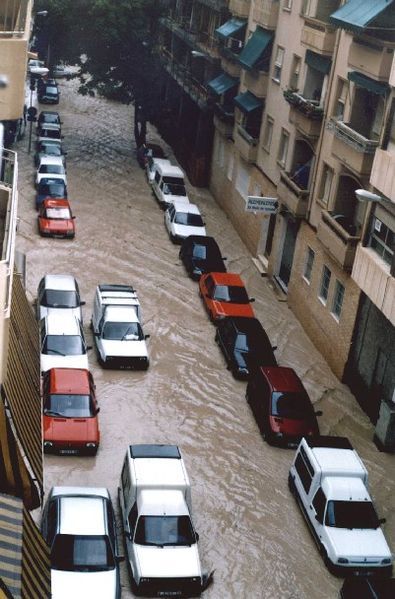Improving assessment for multiple natural hazards
Natural hazards and their associated risks are typically managed individually, ignoring possible interactions (e.g., cascading effects). An EU initiative has designed innovative solutions as a step towards dealing comprehensively with multiple disasters and risk assessment.
European scientists, engineers, and civil protection and disaster management authorities usually deal separately with combinations of natural disasters such as earthquakes, volcanoes, landslides, tsunamis and floods. Such a disaster risk reduction approach, however, fails to consider when such phenomena occur at the same time, or when one hazard may cause another, or soon follow each other.
Supported by the EU within the FP7 programme, the 'New multi-hazard and multi-risk assessment methods for Europe' (MATRIX) project developed methods and tools that account for interdependencies between the different hazards in order to generate more accurate and comprehensive risk assessments, leading to better mitigation and response plans.
Work began with a review of best practices for assessing individual and multiple hazards relevant to Europe. Existing single hazard and vulnerability assessment models and methods were harmonised within a multi-risk scenario. This led to a multi-hazard and risk framework for evaluating and contrasting risks related to different natural threats in a coherent way.
Information technology and decision-support systems were developed for assessing the interactions and consequences of natural hazards, the associated changes in vulnerability and risk, as well as identifying biases in terms of recognizing where a multi-hazard and risk perspective would be required.
The multi-hazard and multi-risk methodologies and approaches were tested in Germany, Italy and the French West Indies, each test case covering different natural hazards and potential variations of events. In addition, a generic multi-risk framework, termed the 'virtual city' was developed for evaluating conditions not addressed at the three sites.
Furthermore, guidelines for European best practices in multi-risk assessment were produced.
MATRIX introduced novel tools for analysing multi-risk problems within a European context. Civil protection and disaster management authorities will be able to assess multiple risks more accurately by taking the chain of events and their effects into account. The outcomes from MATRIX therefore offer a step towards more comprehensively reinforcing Europe's resilience to natural disasters, leading to more secure societies.
published: 2015-05-12
